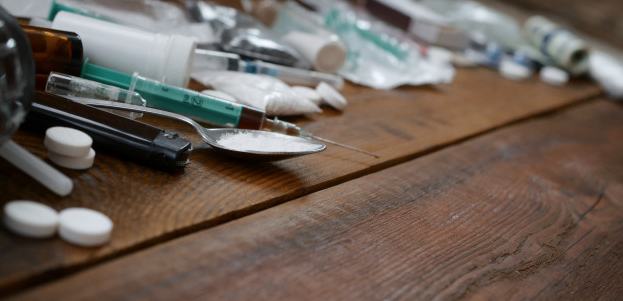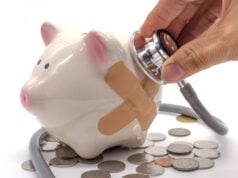
Since the early 2000s, Florida has been faced with high death rates linked to drug usage. It was known as the opioid epidemic as many of the cases were caused by overdosing drugs like methadone and heroin.
While illicit drugs played a part in increased mortality rates, it was found that as much as half of these cases were caused by the abuse of prescription medication.
Opioid-based drugs such as tramadol and fentanyl are legal, and they are often prescribed for the management of pain after a surgical procedure or in chronic diseases. However, these drugs can be abused when they are taken more frequently, in larger doses, or without a prescription. Doing so puts the user at risk for a drug overdose.
To help reduce drug abuse and help users recover, Miami drug rehab facilities and other Florida-based addiction centers have begun offering specialized treatments to rehabilitate opioid users. Additionally, Florida has implemented a drug monitoring program to track the prescription and dispensation of high-risk medications.
The Program Is A State-Level Intervention
In an effort to curb the abuse of prescription pills, Florida passed legislation in 2009 to create a prescription medication drug monitoring program. Known as the Electronic-Florida Online Reporting of Controlled Substance Evaluation Program or E-FORCSE®, the initiative requires doctors, pharmacies, and drug dispensaries to log a patient’s usage of controlled substances.
This helps health providers ensure that the patient isn’t seeing multiple doctors and having multiple prescriptions filled out. The filing of reports must be done within the next business day, so the information is always up-to-date.
Only Select Drugs Are Monitored
Not all drug prescriptions are monitored by the program. To determine which drugs are most at risk for addiction and abuse, the US Drug Enforcement Administration (DEA) classifies them into 5 categories or “schedules”.
- Schedule I lists drugs like heroin, LSD, and marijuana. They are classified as not having accepted medical applications and pose a high addictive potential.
- Schedule II includes a lot of opioid-based drugs and its synthetics such as fentanyl, oxycodone, and hydrocodone. Adderall and Ritalin, both medications for treating ADHD, also fall in this category.
- Schedule III drugs include ketamine and codeine dosages of less than 90mg. They are not as risky as Schedule I and II drugs but can still have the effect of creating a dependence in users.
- Schedule IV medications have a low risk for abuse and dependence but still, need to be used with precautions. Popular examples include valium, Xanax, tramadol, and Ambien.
- The presence of narcotics is most limited in Schedule V medications, so they are more frequently used and may not require a prescription for usage. These include drugs for treating diarrhea and relieving mild pain.
In the context of Florida’s drug monitoring program, only Schedule II to IV substances are required for reporting since they pose the most risk for creating user dependency and being abused.
Patients Still Have the Responsibility of Securing Their Medication
Having a drug monitoring program helps to ensure that prescription drugs are only issued for those who really need it, but patients also need to practice vigilance in safeguarding their medications. If they share a home, it is easy for others to access and abuse prescription drugs. Medication should be securely stored where it cannot be accessed by children, house guests, or other family members.
Additionally, it is important for unused and expired drugs to be properly disposed of. The DEA holds National Prescription Drug Take-Back events twice a year to collect unwanted medications for disposal.
Similar programs may also be available in some communities or offered by pharmacies. If no options are available, the US Food and Drug Administration recommends flushing certain high-risk medications like fentanyl patches down the toilet or sink. Other medications may be mixed with hard-to-remove substances such as soil or used cat litter to make the drugs more difficult to retrieve before disposing of them in the trash.
Florida’s drug monitoring program has been helpful for reducing incidents of patients receiving multiple prescriptions of controlled substances. It is hoped that continuing to adhere to these protocols will safeguard against prescription drug abuse and reduce mortality rates connected to drug overdose.












